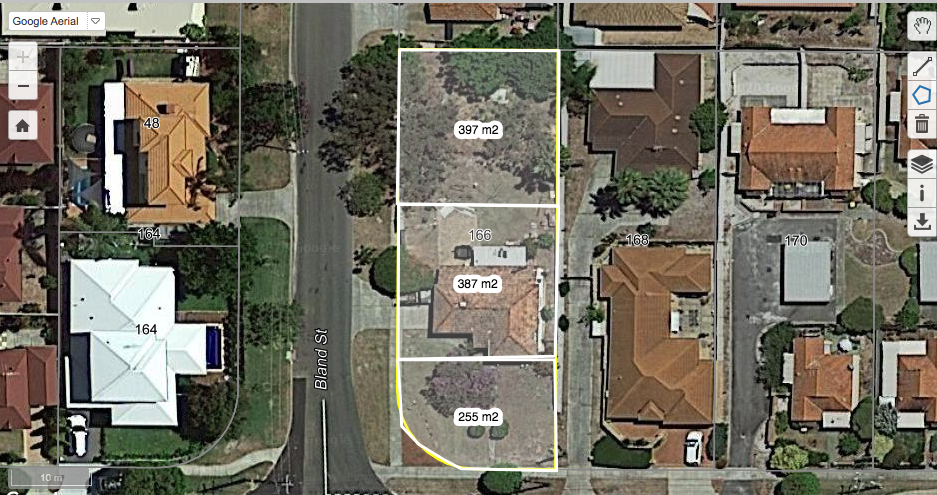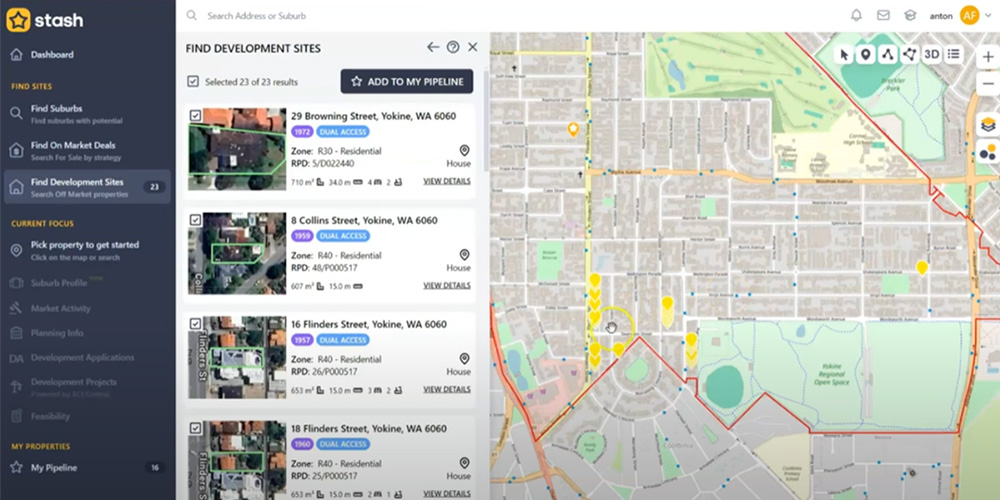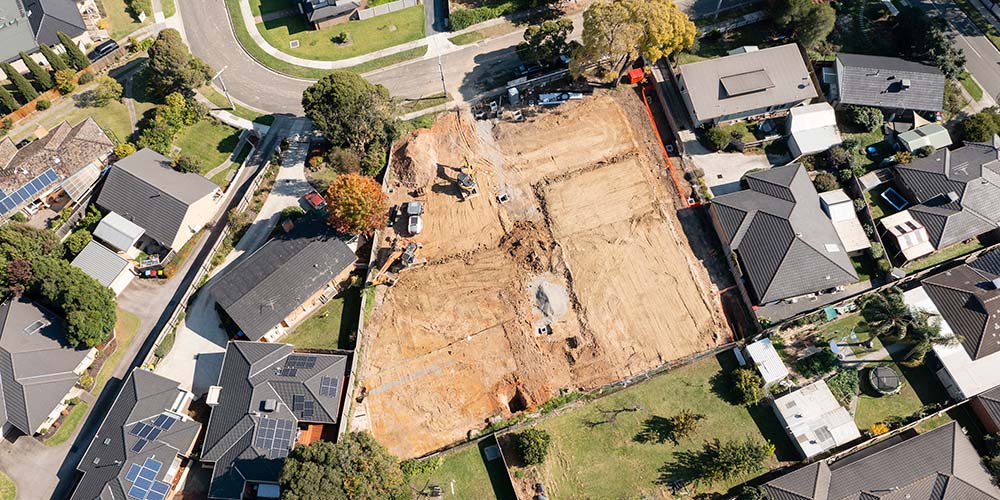
Planning Reform for Western Australia : Overview
On Wednesday the 20th of May, the Western Australian State Government announced an Action Plan for Planning Reform as part of COVID-19 economic recovery measures. Significant legislative, regulatory and policy changes will be implemented over the coming months to support Western Australia’s COVID-19 economic recovery. Major reform is proposed to parts of :
- Planning and Development Act 2005
- Planning and Development (Local Planning Schemes) Regulations 2015
- Planning and Development (Development Assessment Panel) Regulations 2011
- State Planning Policy 7.3 Volumes 1 and 2 “the R-codes’.
Of particular importance to infill property developers are the changes to SPP 7.3. Major reforms and or new deliverables here will be:
- Finalise Precinct Design policy
- Finalise Medium Density policy
- Review of R Codes Volume 1 (residential)
- Bringing forward reviews of policies guiding Activity Centres and Liveable Neighbourhoods
The removal of planning red tape and streamlining of planning approval processes will be key to getting projects of the ground and creating work. The first of two Bills to amend the Planning and Development Act are being progressed in Parliament as we speak The Planning and Development Bill 2020 [Part 1] includes 35 proposed amendments.
Planning Reform Impact on Small Lot Infill Developers
For small lot infill developers in WA, a key piece of planning reform that caught the eye was a proposal to “Review the single house development requirements of the R-Codes (Volume 1)1.” What does this entail, and why is it significant?
A “Single House” by definition in the R-codes. Is “A dwelling standing wholly on its own green title or survey strata lot, together with any easement over adjoining land for support of a wall or for access or services and excludes dwellings on titles with areas held in common property.” What do single house developments look like? A Single House can be a single story house on a green title in a new estate. As an infill developer, you can produce multiple “Single Houses” in the one development however. For example, doing a two lot side-by-side development with no common property (green title or survey strata) or subdividing and developing a corner lot in 3 with no common property (green title or survey strata) will produce two and three “Single Houses” respectively. You can do a development with more than one lot being produced and still be creating “single houses” by definition.
All residential dwellings in Western Australia are assessed and certified for compliance against both planning regulations and policies, and building regulations and policies (i.e. build technology aspects in the building codes of Australia/ National Construction Code). Planning compliance and building compliance are assessed and certified separately in WA (by different practicing professionals and/or local government departments), typically with planning compliance being assessed and certified prior to building compliance certification. Therefore, prior the grant of a building permit for a Single House in any local government jurisdiction in WA, the applicant must demonstrate that the single residential dwelling is compliant with the R-Codes. This is to say that the dwellings design must be determined to comply with the local planning scheme text provisions, policies and elements of the R-Codes.
Single houses in WA not requiring a DA
Earlier reforms to WA’s Planning and Development Regulations 2015 (Schedule 2 Part 7 cl. 61) however have removed the requirement for you to seek and be granted development approval for Single Dwellings that meet the deemed-to-comply requirements of the R-Codes. Simply put, provided the dwellings you are proposing are classifiable as Single Houses and are proposing no variations to performance elements of the R-codes, you can (in theory) proceed straight to a certified application for a building permit with a full set of architectural drawings. In this case the permit authority must issue you a determination in 10 working days). This can effect a saving 60-90 days in planning, plus savings on planning costs, project time duration and possibly facilitates better project returns (less interest paid, for example). Development approval would still be required for any variations from the R-Codes: good design outcome sometimes requires some degree of variation.
Two major issues have surfaced since this regulatory change has come into effect, rendering it somewhat ineffective (and inconsistent) in its application:
- There is no clear or consistent approach as to whom (private practitioner or Local government officer) certifies (or has the authority to certify) that the proposed single house is fully compliant with the R-codes, prior to making a certified application for a building permit
- There is no guidelines or authority delegation set out for the approval of very minor compliance variations. Whilst practicable to “just wave it through”, council officers would technically have to request a DA for any proposed R-code variation for a Single House application, even exceptionally minor.
Whilst current reforms have substantially reduced the number of development approvals being processed for Single Houses by local governments (and achieved some time efficiency capacity for infill developers), underlying problems with uncertainty on coordination with the building permit approvals process and authority delegation still remain. It is hoped that the new policy and regulation review addressing the single house development requirements of the R-Codes (Volume 1) tackles these issues, getting more slabs on ground efficiently for infill developers.
Would you like to learn more?
The Author of this article, Anton Flynn, is a development manager and strategist for FLYNN Subdivision experts based in Perth, Western Australia. He has written a 225 page guidebook, The Infill Developer: a Concise Guide to Small Lot Subdivision and Development in Western Australia, and has also put together a correlating 14 module online course on infill property development in Western Australia.




